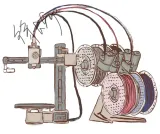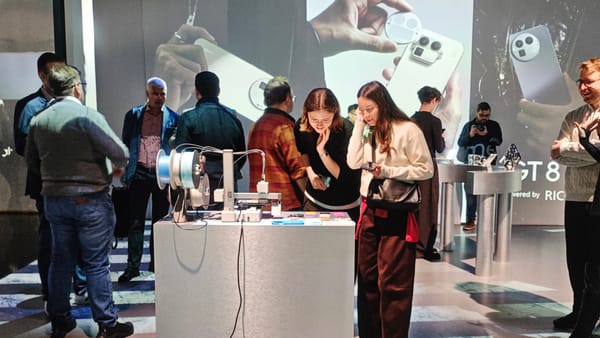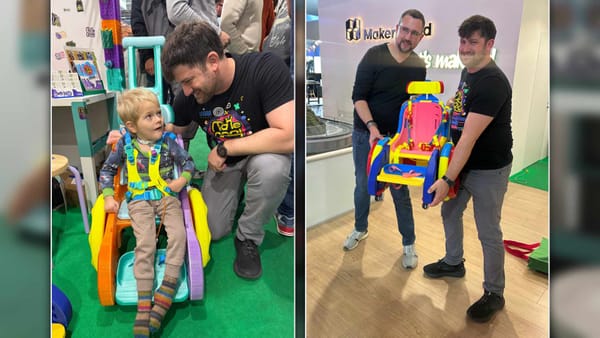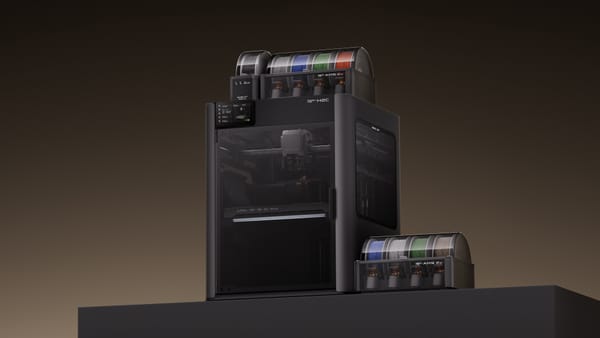Best 3D Printer for Beginners: A Complete Guide
Shopping for the best 3D printer for beginners starts with industry research. Matching your projects to the proper model is the best strategy for first-time buyers.
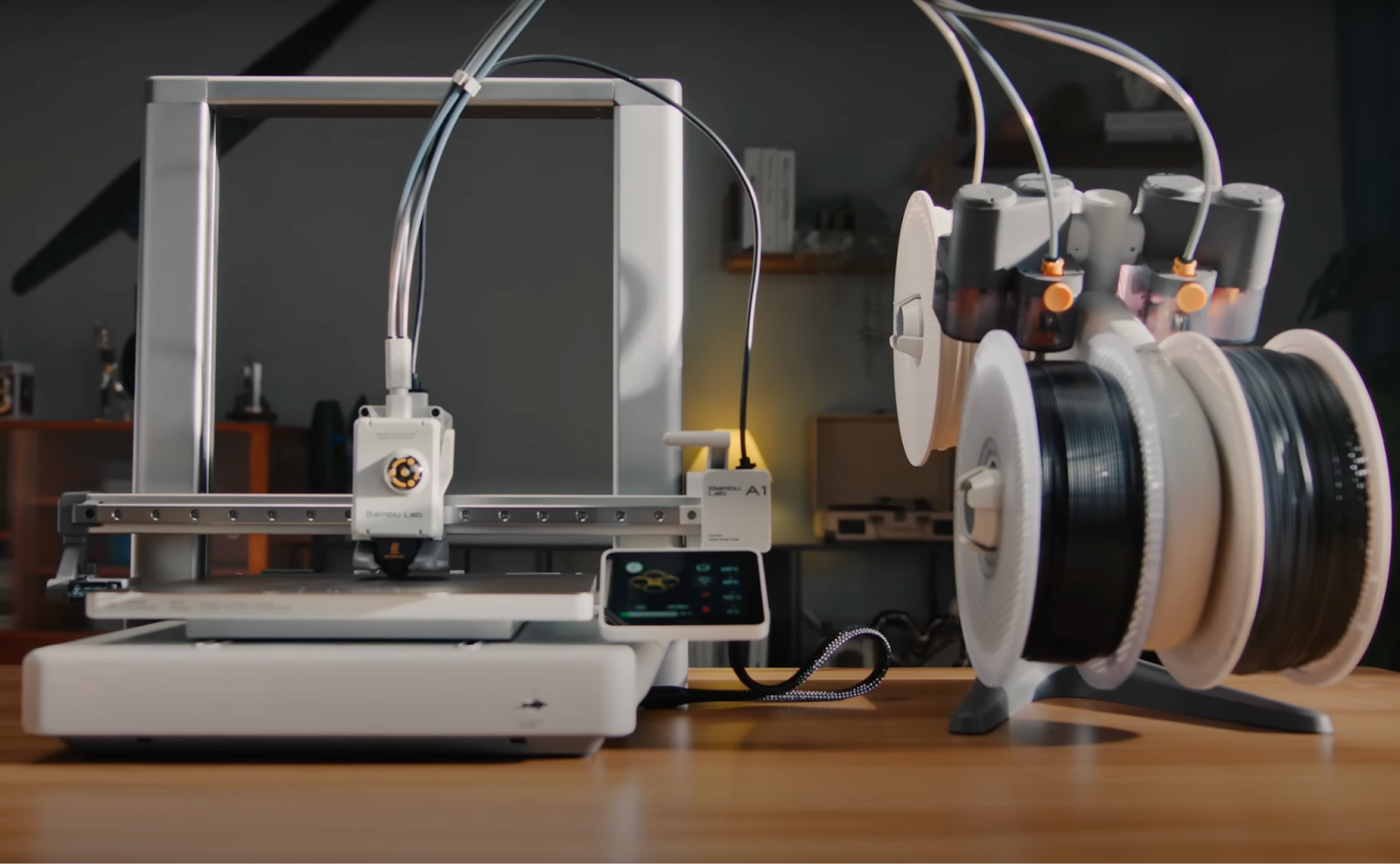
Introduction
The easy accessibility of 3D printers has made it lucrative for any individual to get started with the hobby. Beginners with minimal design experience, low budget, and less technical knowledge are able to 3D print at the home. Sites like MakerWorld give you easy access to a vast library of 3D models that you can print in a few clicks.
However, with such growing interest in the 3D printing field, the market is flooded with several 3D printers. As a beginner, it’s important for you to choose a 3D printer that matches your budget and experience level.
In this article, we’ve outlined two of the best 3D printers made by Bambu Lab for beginners that perfectly suit your needs. Whether you’re a student, an artist, or a professional designer, this guide explores everything you should look for in your first 3D printer. Let’s dive in!
What are the Top Features to Look For in a Beginner 3D Printer?
3D printers come in all shapes and sizes and are tailored for various experience levels. You can get an engineering-grade 3D printer for thousands of dollars or a toy 3D printer for less than $150.
However, as a 3D printing beginner, you need to strike the right balance between various factors. In this section, we’ll look at some of the key features you’ll want to look for in a 3D printer as a beginner. We’ll also understand why they matter and how they can make a difference in your first projects.
Easy Setup
As a beginner, you need the printer to be easy to use out of the box. For this, the printer should be easy to assemble and require minimal setup and calibration before your first print. These things ensure you’re eased into the 3D printing process and not overwhelmed with the technical details right at the start.
Easy to Use
An easy-to-use printer will help you enjoy the 3D printing process. You will be more focused on the creating part rather than learning the basics of the 3D printer itself. An easy-to-use printer will often feature automated bed leveling, a touch screen, and automatic calibration. It should not require too much manual intervention and compel beginner users to learn everything.
Furthermore, you should also consider if you can remotely operate the printer. The remote operation gives you the freedom to work on your printer from anywhere. If the 3D printer has its own mobile application, it’s even better.
The slicer software experience also plays a crucial role here. An easy-to-use slicer with pre-loaded print profiles will help you get better print results from the get-go. You won’t waste your time fiddling with the print settings; you will instead get reliable and consistent prints in an instant.
Company and community support
As a beginner, it’s likely you’ll run into a lot of new things and issues with your 3D printer. Good community support like how-to guides, feature articles, and troubleshooting guides will help improve your 3D printing experience with the printer.
Similarly, if you run into any major issues with the 3D printer, good company support will ensure you get prompt resolution. Easy availability of spare parts, good warranty support, and prompt customer service are some of the factors you need to consider.
Print Quality
You cannot overlook the print quality of a beginner’s 3D printer. Especially when you’re starting out with 3D printing, good print quality will keep you hooked on the hobby. It will also allow you to grow your hobby into a full-time profession.
Simply because a beginner 3D printer is priced low, you should not skip out on the print quality aspect.
Price
Lastly, the price of the 3D printer plays a crucial role when deciding on your first 3D printer. You can get even the best beginner 3D printers between $150-$500. These printers have more than enough features to get you started, and you can upgrade them later on as per your needs.
The Best Beginner 3D Printers
Bambu Lab A1
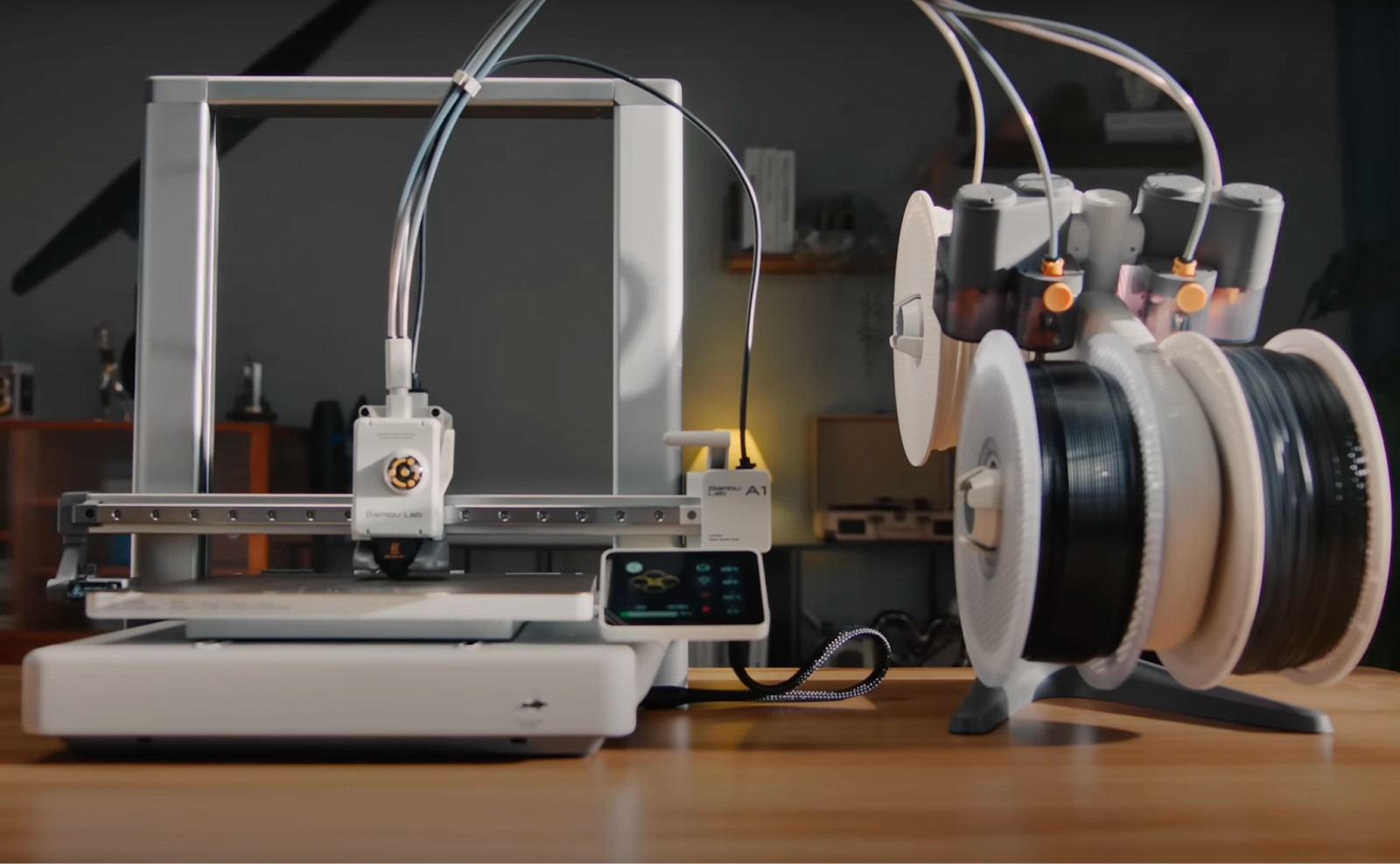
Bambu Lab A1 3D printer is one of the best, if not THE BEST, beginner 3D printers you can get right now. It’s easy to use, has a user-friendly interface, and comes at an affordable price. Let’s briefly go over its key features to understand how the A1 can benefit your use case.
A1 Key Features
Easy to Use
The primary feature of the Bambu Lab A1 is its ease of use for beginners. Right from the unboxing experience to printing your first 3D model, the A1 is built around this factor.
The printer assembly takes less than an hour, even if you have no experience with 3D printers. It might take even less time for someone with previous 3D printing knowledge. This easy assembly ensures anyone can use the A1 3D printer, from school kids to professionals.
The A1 further comes with a touch-screen to help you navigate its features. This touch screen makes it easy for beginners to access the various functions of the printer while simplifying the machine's multiple menus.
Bed leveling, which is a crucial step in 3D printing, is also completely automated in the A1. The printer automatically calibrates the first layer height using a pressure sensor in the nozzle. This automation removes the need for a manual leveling process, which is tedious and not as precise.
The easy nozzle swap system is perhaps one of the best in its class. You can easily change between different nozzle sizes and styles without needing any tools. This allows you to go from a larger nozzle for vases to a smaller nozzle for miniatures within a couple of minutes.
Lastly, the filament detection system and the camera video feed make the print monitoring task a breeze. You don’t need to worry about filament running out, as the A1 will automatically detect it and pause the print. Likewise, with a video feed, you’re constantly aware of the print progress and can easily monitor your 3D prints even when you’re not near the 3D printer.
Print Quality
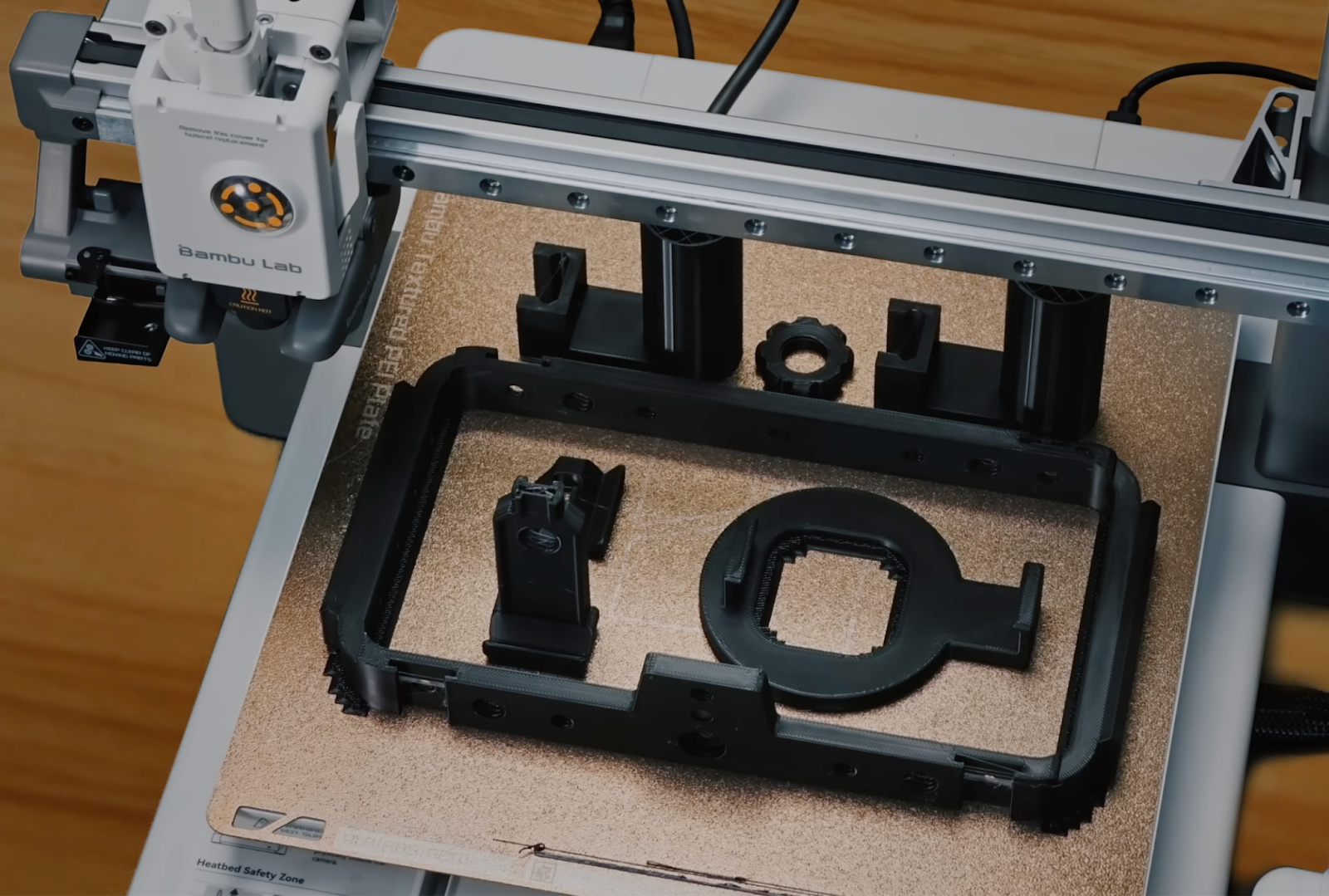
While ease of use is at the top of priorities for a beginner 3D printer, the print quality is equally important. An easy-to-use machine is only as good as the prints it delivers, and the A1 does not disappoint on this front.
Before the start of every print cycle, A1 performs a complete auto-calibration routine of the printer. It checks the machine vibrations, filament flow, and Z-offset of the nozzle before every print. These checks help to achieve excellent print quality with minimal print defects, if any.
The A1 also works with fine nozzle sizes of up to 0.2 mm. Using a 0.2 mm nozzle allows for higher precision and finer detail in your 3D prints, making it ideal for intricate designs, miniatures, and display models. This smaller nozzle size enables thinner layers, resulting in smoother surfaces and capturing delicate features that would be difficult to achieve with larger nozzles. At this layer height, the layer lines are almost invisible, and you get a precise and high-quality 3D print.
Filament Compatibility
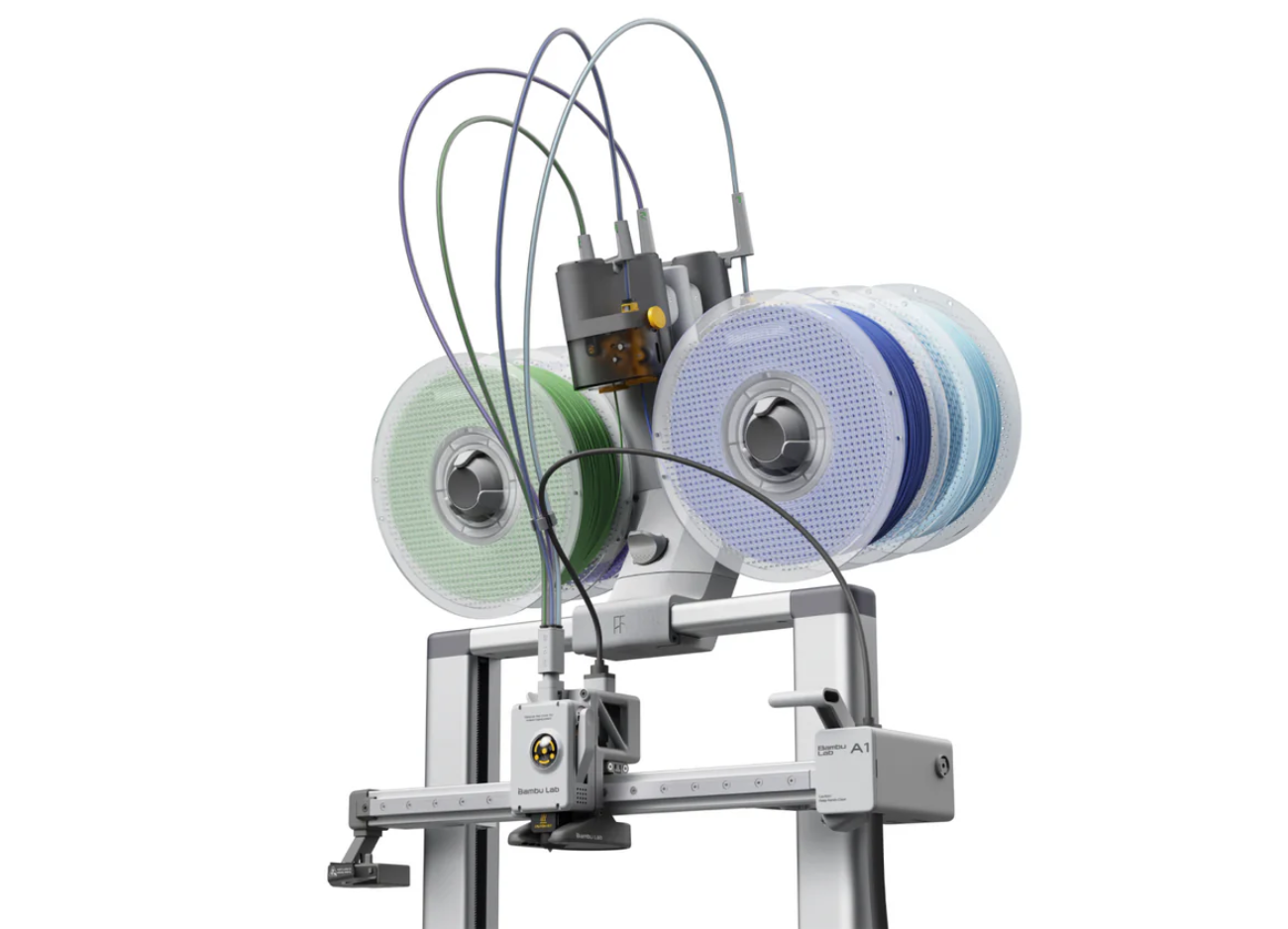
Bambu Lab’s A1 can readily print with materials like PLA, PETG, and TPU right out of the box. With hardened steel nozzles, you can even print abrasive filaments like carbon fiber-infused materials, wood PLA, and marble and glow-in-the-dark materials.
If you want to expand the printing capabilities of the A1 further, know that it connects with an Automatic Material System(AMS) Lite. The AMS allows you to print with four filaments at once, opening up various avenues of printing models. You can mix PLA and PETG or print multi-color models in a single print.
The AMS Lite comes in handy for 3D printing colorful models that are attractive to kids and students alike. You can bring your models to life and 3D print accurate models in a single go using the A1s AMS Lite system.
Seamless 3D Printing
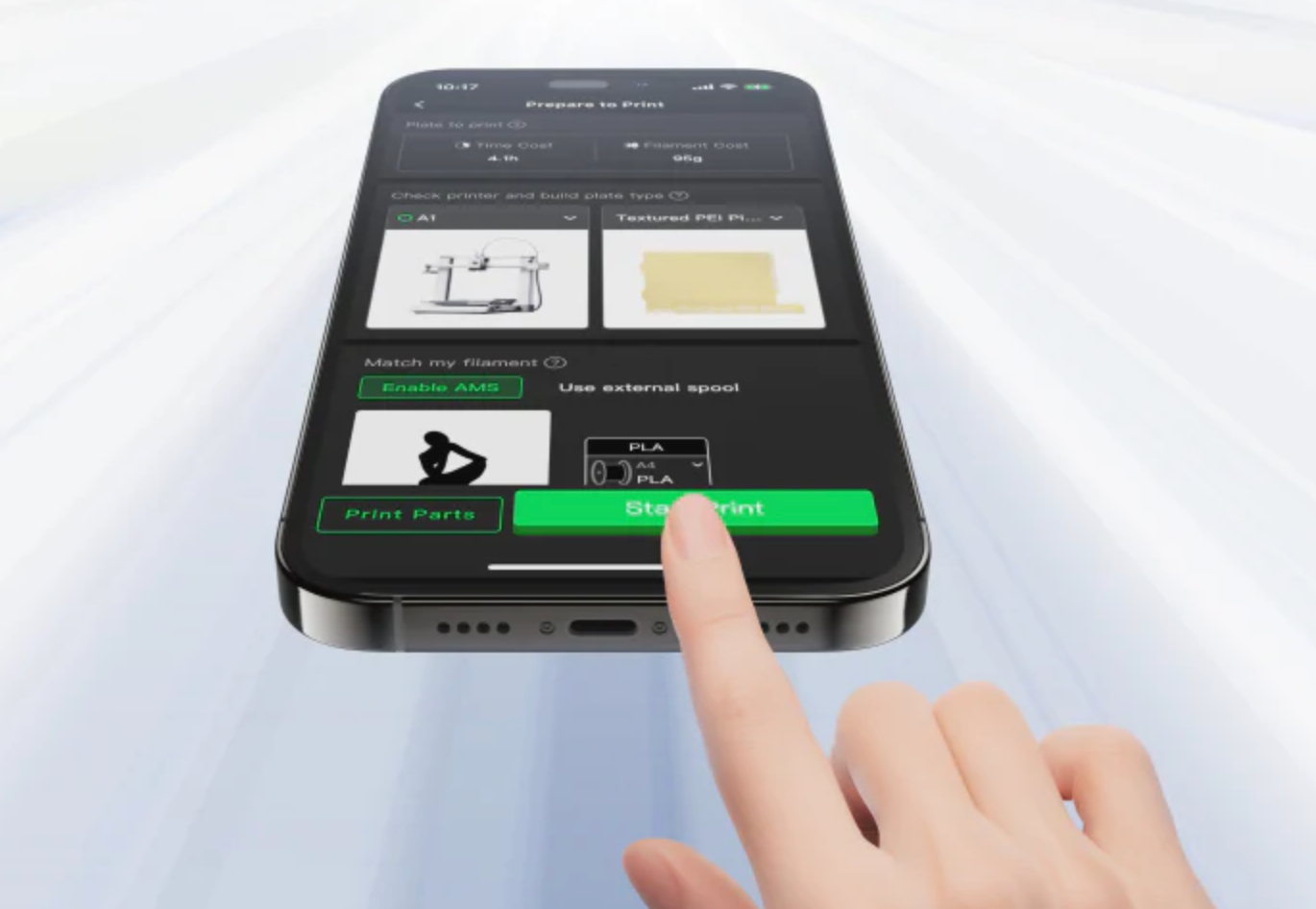
To make this simpler for first-time users, the A1 is equipped with a WiFi connection. This WiFi connection enables the A1 to connect over the cloud and allows you to access the 3D printer remotely. Using the Bambu Handy application, you can remotely control and access the A1 from anywhere in the world.
The Bambu Handy app also integrates with Makerworld for access to 3D models. Using this feature, you can directly send pre-sliced 3D models to your A1 and print them right away. As a beginner, this function lets you quickly get your hands on 3D printed models and not worry about the technical details of slicing and modeling the 3D prints.
Bambu Lab A1 Mini
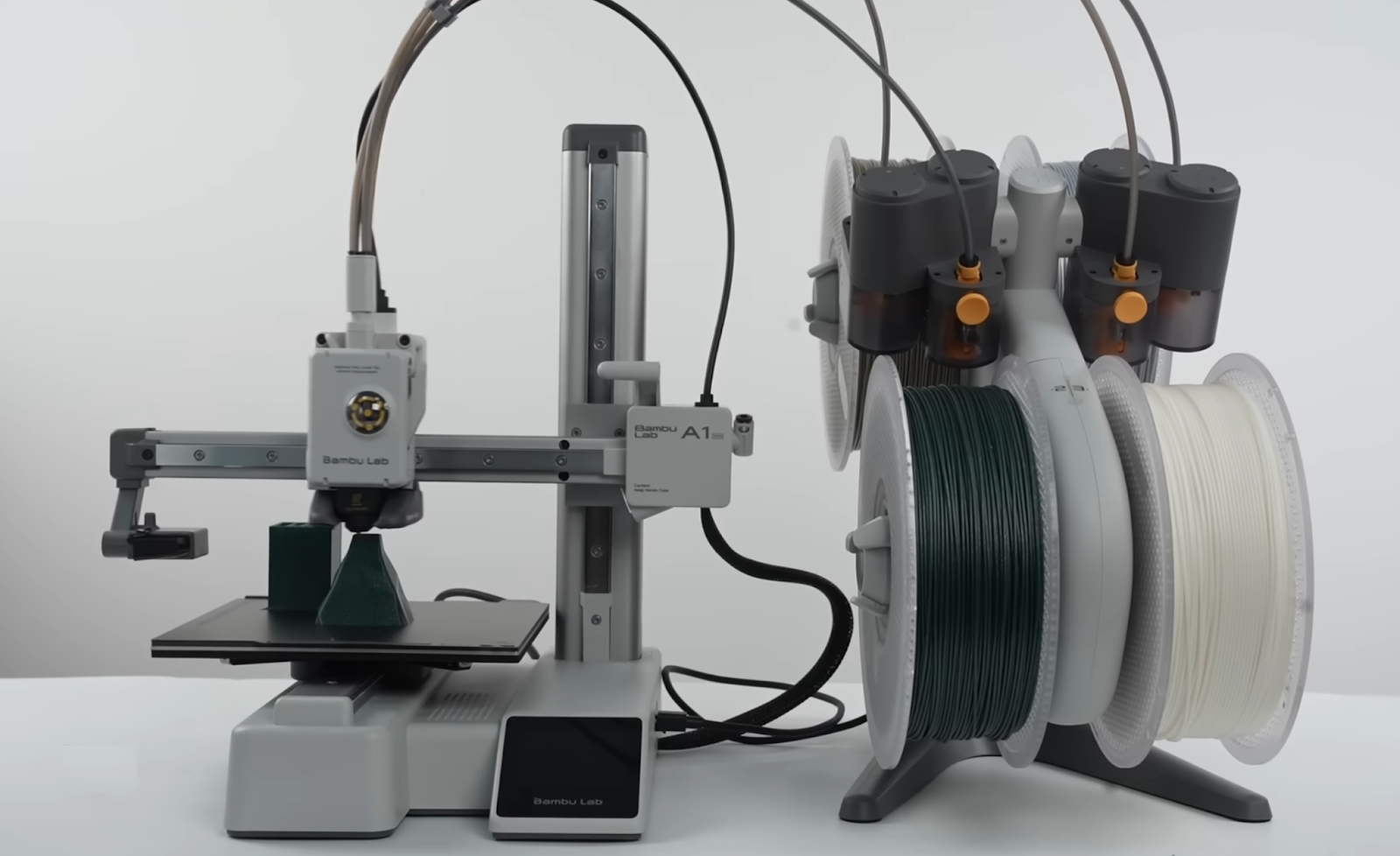
The Bambu Lab A1 mini is another beginner-friendly 3D printer full of advanced features. As its name indicates, this printer is akin to a smaller sibling of the Bambu Lab A1. You get a print volume of 180 x 180 x 180 mm on the A1 mini, as compared to the 256 x 256 x 256 mm of the A1. However, do not let the small print area fool you; the A1 mini packs a punch for its size.
A1 Mini Key Features
Portable and Compact Footprint
The A1 mini features a compact form factor. With a smaller print area and cantilever-style design, the printer is easy to carry anywhere. It takes us less than a square foot of your desktop space and can easily sit beside your workstation.
To make things simpler, the A1 mini comes completely pre-assembled right out of the box. You can place it right on your garage table top and start 3D printing right away; no assembly is needed.
This design also makes things easy when you need to move your printer between places. You can easily pack it in the original packaging and transport it to the new location. It comes in handy when you want to move the printer between classes in a school setting or want to 3D print at flea markets or temporary stalls.
User experience
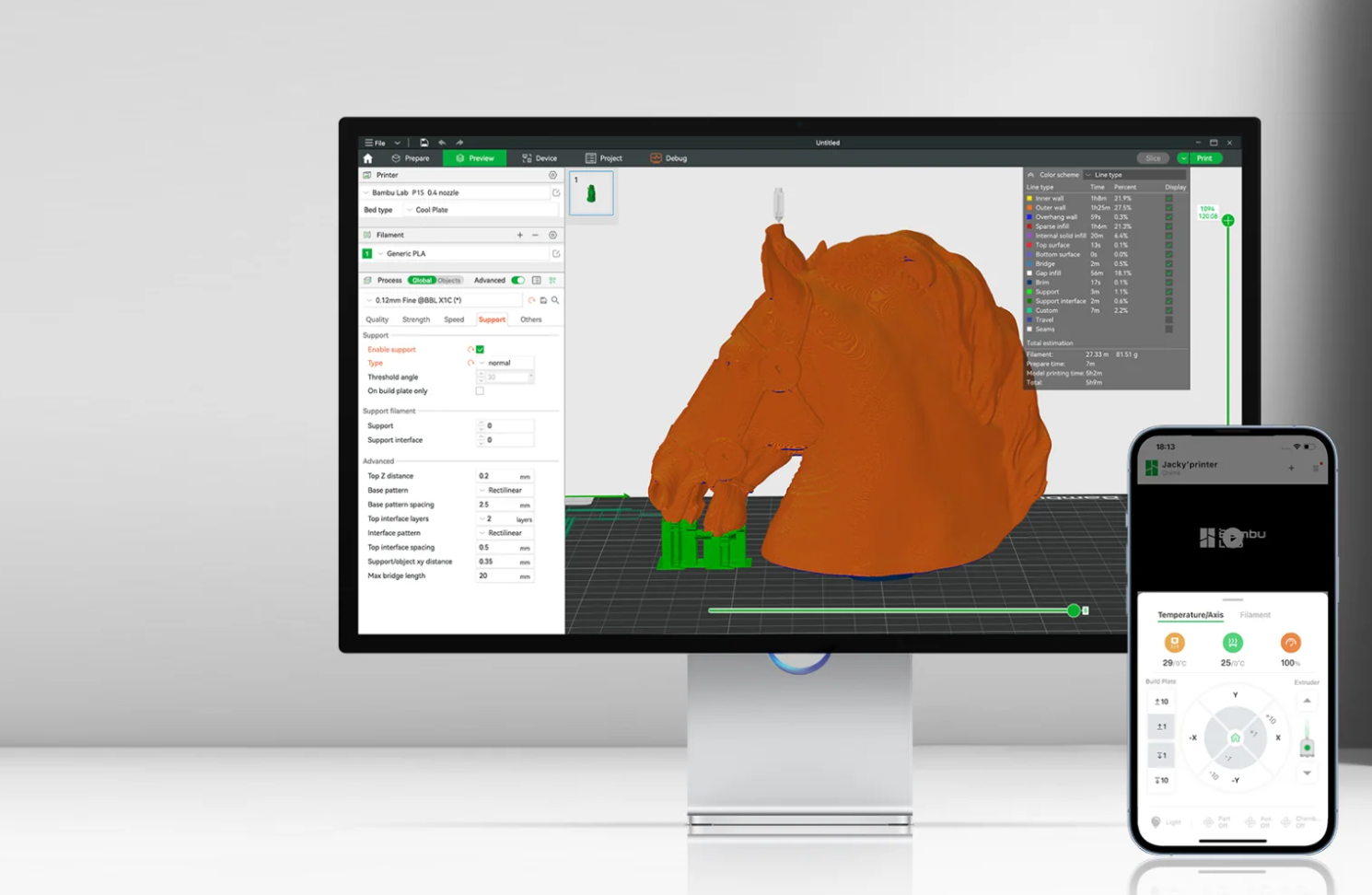
The overall user experience of the A1 mini is similar to that of the A1. You get a similar style touch screen, auto-bed leveling, complete auto-calibration, and an easy setup from the start-up. Furthermore, the easy-nozzle swap system of the A1 is present in the Mini printer too. And the printer is compatible with the AMS Lite filament system, allowing you to print with multiple colors.
All these features enhance the printer's user experience. You don’t need to be technically aware to start with 3D printing. You can 3D print out of the box without any tools. The print quality, too, is above par, delivering high-quality 3D prints with default print settings.
These points make the A1 mini a lucrative option for beginners on a budget. You get almost the same experience as the bigger A1, in a compact form factor and at a lower price.
Conclusion
The Bambu Lab A1 and the A1 Mini 3D printers tick all of the boxes you need to consider for a beginner 3D printer. Both these printers are easy to use, feature plenty of automation, and are affordable for first-time users. Moreover, the print quality, filament compatibility, and print speeds of these printers are unparalleled to most printers in its class.
As a beginner, student, or hobbyist, the A1 and the A1 Mini are ideal for anyone looking to get started with 3D printing. You can choose these 3D printers for your classroom projects, side hobby, or professional prototyping and expect these to deliver top-notch results!
